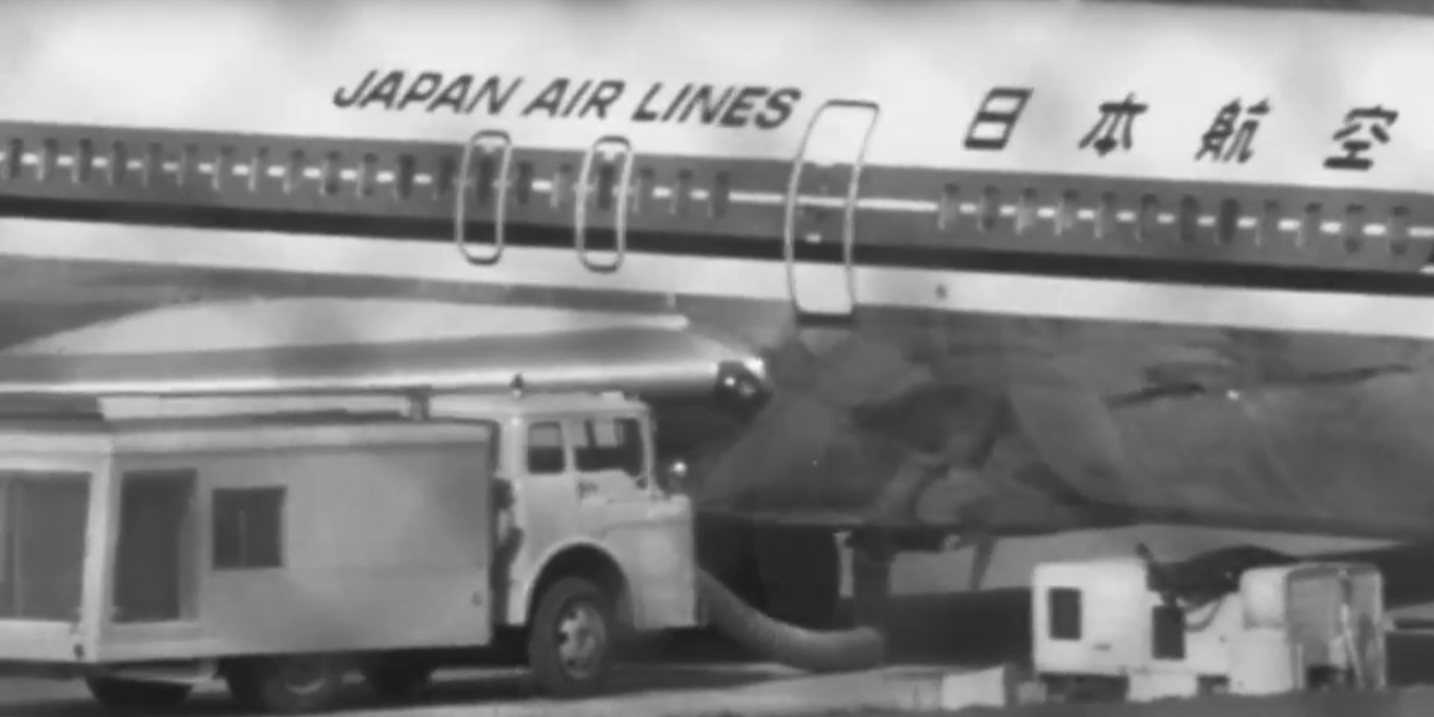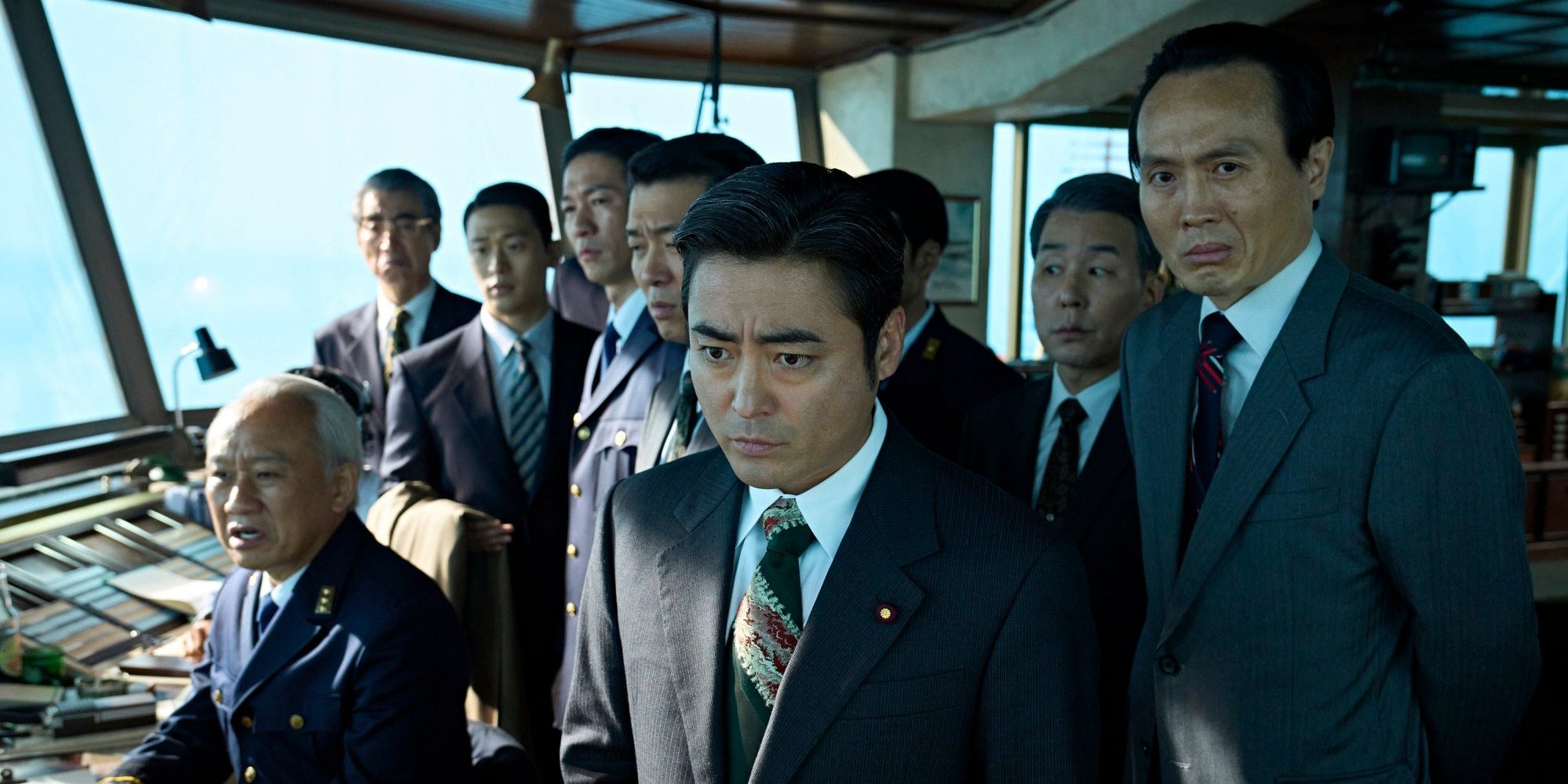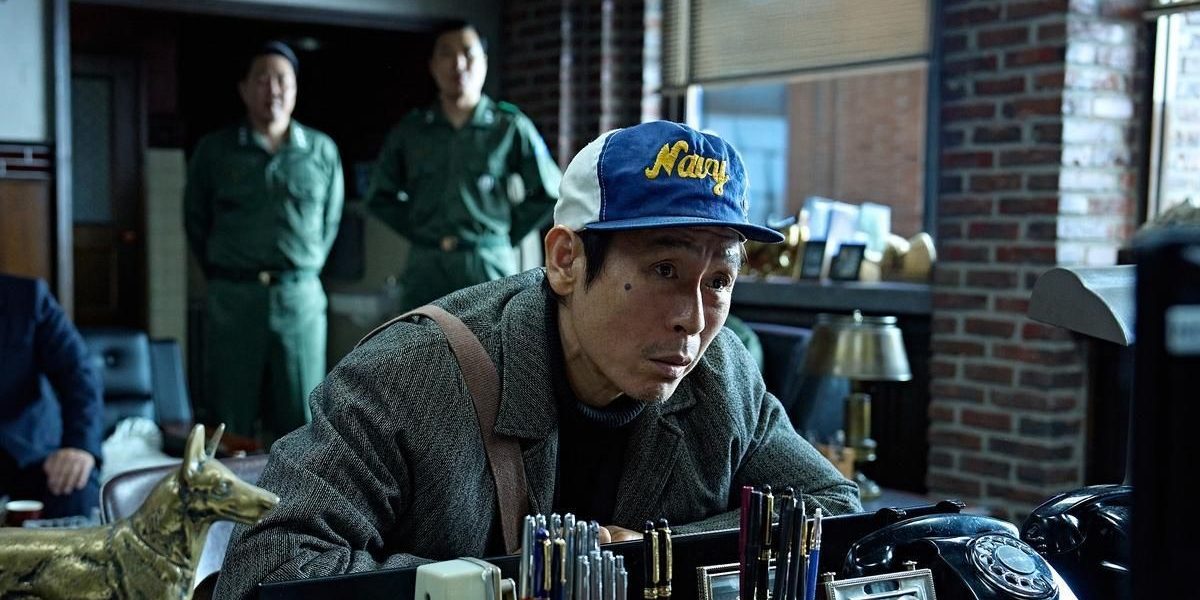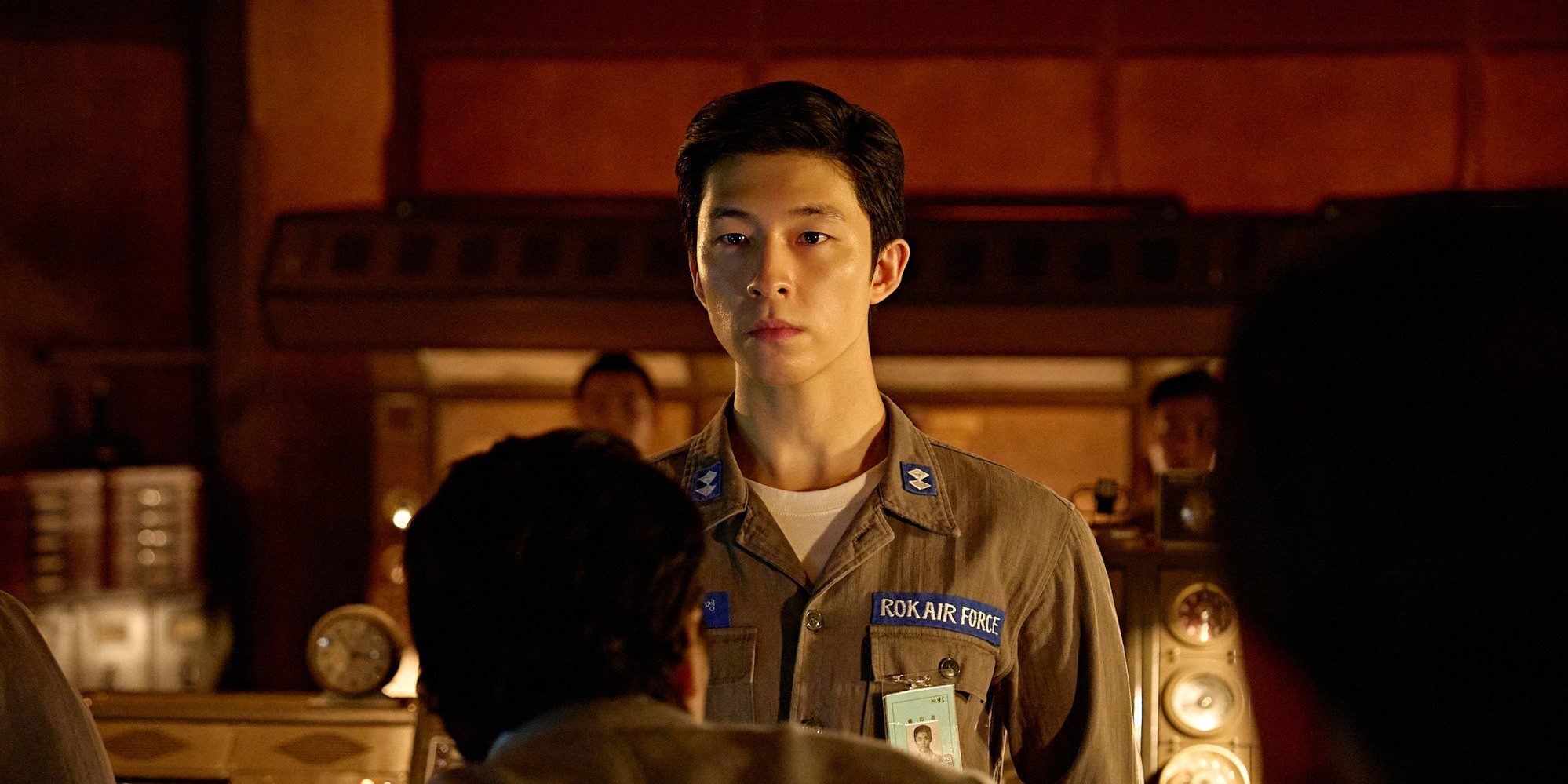Directed by Byun Sung-hyun, Netflix’s Korean comedy thriller drama film ‘Good News’ or ‘Gut Nuiuseu’ revolves around the hijacking of the flight “Japanese Ride 351” by members of the Red Army Faction, a revolutionary political group in Japan. Set in the 1970s, the film chronicles the efforts of the authorities from Japan and South Korea as they try to reason with the hijackers. The revolutionaries demand that the flight be flown all the way to Pyongyang in North Korea, where they hope to be received well by the establishment.
With the lives of the passengers at risk and the chaos worsening every second, the South Korean government hopes that Lieutenant Seo Go-myung and a man known only as “Nobody” can somehow negotiate with the hijackers to bring the innocent civilians to safety. In order to prevent the flight from landing in Pyongyang and to be recognized as saviors of human lives, the South Korean officers devise unique plans to foil the objective of the revolutionaries. The film explores ideas of diplomacy, hostage negotiation, brilliance, secrecy, and political extremism. SPOILERS AHEAD.
Good News is Partly Inspired By Real Events
Written by Lee Jin-seong and Byun Sung-hyun, ‘Good News’ is a dramatized version of the real events that took place in the 1970s. The event that is at the core of the narrative is the hijacking of Japan Airlines Flight 351 on March 31, 1970. In the film, the flight is referred to as “Japanese Ride 351” and undergoes a similar challenge. During the true incident, the flight was headed to Fukuoka from the Haneda Airport in Tokyo. It was hijacked by members belonging to a Japanese Communist party called the Red Army Faction or “Sekigun.” The event is alternatively referred to as the “Yodogo Hijacking Incident” due to the term “Yodo,” the nickname given to the airline in question. The members of the Red Army Faction carried out the hijacking with the use of fake samurai swords and then made the seemingly outrageous demand to be transported to North Korea.

According to a 2020 report from NK News, Flight 351 took off from Tokyo Haneda Airport. It was a Boeing 727 with 122 passengers and seven crew members destined for the Japanese city of Fukuoka. The nine hijackers were all reported to be between the ages of 17 and 27. Due to their leftist and Maoist influences, the group wanted to extend its influence by setting up training centers in foreign communist countries, in order to save their own country from the system of capitalism. This was the inception of their plan to hijack an international flight and travel to a communist country, where they assumed they would be welcome. They initially established contact with Cuban diplomats, who refused to entertain the group’s requests, fearing that it would escalate diplomatic tensions with Japan.
This was the final push they needed to decide to fly to North Korea instead. Shiomi Takaya was the main planner of the hijacking, but he was jailed before it could be executed. Due to the negligent security measures in airports during the 1970s, the group leader, Takamaro Tamiya, and his team were able to bring weapons like fake samurai swords and handguns to the flight. Whether or not the group had actual explosives with them still remains a matter of debate. The hijacking took place as planned, and the revolutionaries demanded to be transported to Pyongyang.
Reality and Fiction Converge in the Complex Narrative
In the film, the successful hijacking is followed by the flight landing in another Japanese airport for refueling. This is the point where the hijackers agree to release a few hostages, who were women and children. This is closely mirrored by reality, wherein 23 hostages were released by the hijackers in Fukuoka. This is when Japanese and South Korean authorities came up with a seemingly clever plan to divert the flight to Seoul by claiming it was bound for Pyongyang. This plan is accurately depicted in the film, wherein the officials decide to misguide the flight cleverly. Gimpo Airport in South Korea was quickly chosen as the destination for landing, and this was followed by an elaborate deception effort. In the movie, the airport is called “Kimpo Airport” instead.

South Korean soldiers were made to wear North Korean military uniforms, and the flags in the airport were also replaced with North Korean ones. This part of the real story finds a particularly hilarious representation in the film, wherein the South Korean officials chaotically move around the airport to make it resemble Pyongyang. In reality, and in the film, the plan failed to work, despite the flight landing in Gimpo, because the hijackers didn’t believe the ruse and refused to step out of the plane. Despite the best efforts of the authorities, the revolutionaries did not agree to release any more hostages. There were plans to storm the plane, but they weren’t executed due to the refusal by Japanese officials.
Finally, a compromise was reached when the hijackers consented to release the passengers after Japanese Vice Minister for Transport Yamamura Shinjiro offered to fly to Pyongyang as a “replacement hostage.” This fragment of the real story also finds an accurate representation in the film, wherein Shinichi Ishida, the fictional Japanese Deputy Minister of Transport, agrees to board the plane in exchange for the release of the hostages. Ultimately, the flight took off and then landed in Pyongyang. During a press conference in October 2025, Byun Sung-hyun, the director of the film, said, “This film was inspired by the true story of a plane hijacking incident that occurred in the 1970s. It doesn’t completely follow the true story.”

The film uses a comedic tone to convey serious incidents, and also uses fictional characters. Thus, it cannot be considered an exact reflection of the real-life incident. The director also opined, “We incorporated a story that can be relevant to the current generation. We wanted to show this through recreated characters, not real people.” The filmmaker’s intentions behind making the film are clearly revealed in this case. Having fictional characters allows the narrative to utilize cinematic liberty more freely. Thus, the film closely follows real incidents, despite the characters being fictional and the names of places and individuals being changed for entertainment and dramatic purposes.


You must be logged in to post a comment.